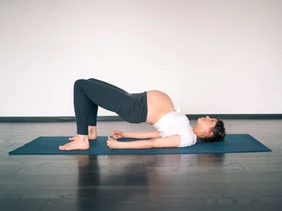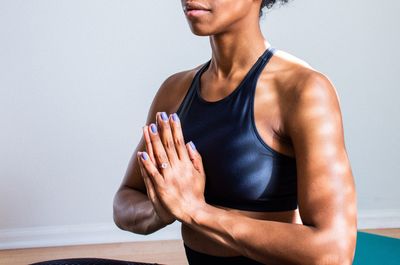by Jennifer Unterreiner, DPT, OCS, CLT (Certified Lymphedema Therapist)
As we age, we’re often concerned about our bone density; we want to make sure we stay strong and healthy and don’t have to deal with any scary occurrences like a fractured hip. That concern only amplifies after a breast cancer diagnosis. The process of a medically-induced menopause can wreak havoc on the body, with a stronger and wider range of symptoms occurring far earlier than for most women.
A large section of breast cancers are hormone-sensitive, meaning they feed on the presence of estrogen in the body and use it for a source of food, growth and energy. Due to that process, most women are placed on either an aromatase inhibitor or estrogen modulator for anywhere from 5-10 years after their diagnosis and completion of their active treatment. While the medication’s purpose is to block the transition of androgens into estrogen (effectively starving possible tumor cells), it also functions to virtually keep the circulating hormone levels in the blood stream as close to zero as possible. Now estrogen has many functions beyond just normal reproductive health and function, as it also plays a crucial role in cognitive health, bone health and cardiovascular health.
It’s because of these side effects, and their incredible frequency among women taking the medication, that physical therapy can make the biggest long-term difference in patients. Initiating a strengthening program that utilizes dosed resistance exercises provides positive stress to the bones and tissues and helps to maintain bone health. Putting stress on bones through resistance training functions to activate the osteoblast cells, or the cells that are responsible for producing bone matrix that solidifies to enforce the outer-most layer of bone, effectively helping to maintain bone density. By continuously stimulating these osteoblast cells, we’re able to tip the scales in favor of keeping a healthy bone density, subsequently decreasing the risk of pathological fractures in the hip and spine and allowing you to stay healthy, active and able to do all the fun things you want in life!
An extra bonus of doing resistance training exercises is that getting a good aerobic workout helps to protect your cardiovascular health and fitness and prevent increased risk of heart disease, including high blood pressure, heart attack and stroke.
So with all of that good news, do we need to start moving and lifting the heaviest objects we can find? NO! It doesn’t take a lot of weight or resistance to get the desired effects. By utilizing body weight resistance, light weights and most importantly BEING CONSISTENT, we’re able to see changes.
Unfortunately, like many good things in life, none of these changes happen overnight. Instead, it can take weeks and months of dedication and consistent work to progress to a point where we see the long term effects we’re after. But I think we can all agree: a little work now, versus the potential downside of a fracture that lays you up for months, is most definitely worth it!




